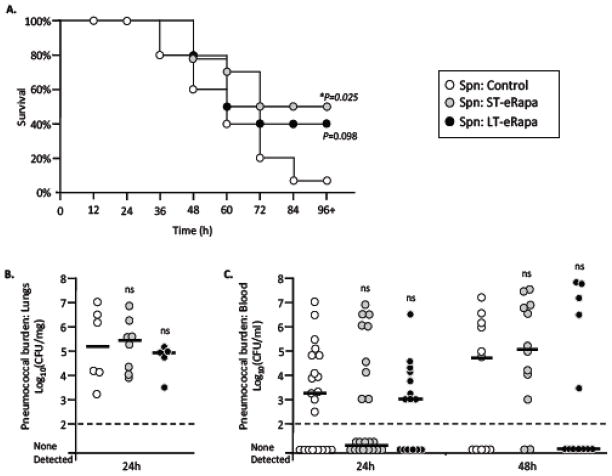Figure 3. Effect of eRapa on survival and bacterial burden following pneumococcal challenge.
A) Kaplan Meier plot illustrating the survival over time of aged (24 month) C57BL/6 mice that had been fed rapamycin short-term (ST-eRapa; n=14), long-term (LT-eRapa; n=10), or the Eudragit (Control; n=15) diet following intratracheal challenge with 1.0 × 103 cfu of S. pneumoniae serotype 4 strain TIGR4. Statistical analysis was performed using a Kaplan-Meier Log Rank Test using the Holm-Sidak method. Asterisk denotes a statistically significant difference (P<0.05). Bacterial burden in the B) lungs and C) blood was assessed per gram of isolated lung tissue and volume of blood, respectively. For each experimental cohort, values for individual mice are represented as circles whereas the horizontal bar indicates the median value for the cohort. Statistical analysis was performed using one-way ANOVA comparing eRapa groups versus the control. Experimental cohort size for bacterial burden was as follows: For lungs, Control n=6, ST-eRapa n=8, LT-eRapa n=5; for blood, Control n=21, ST-eRapa n=22, LT-eRapa n=15.

